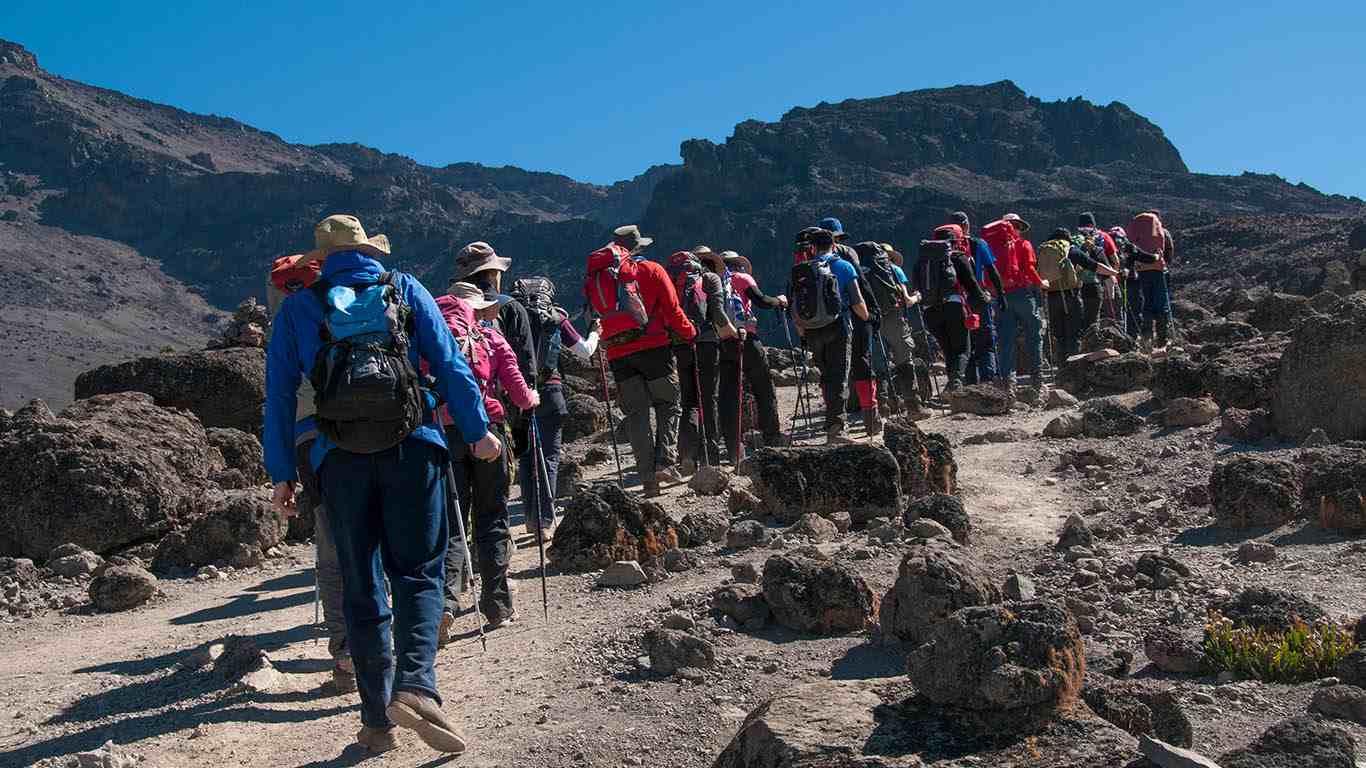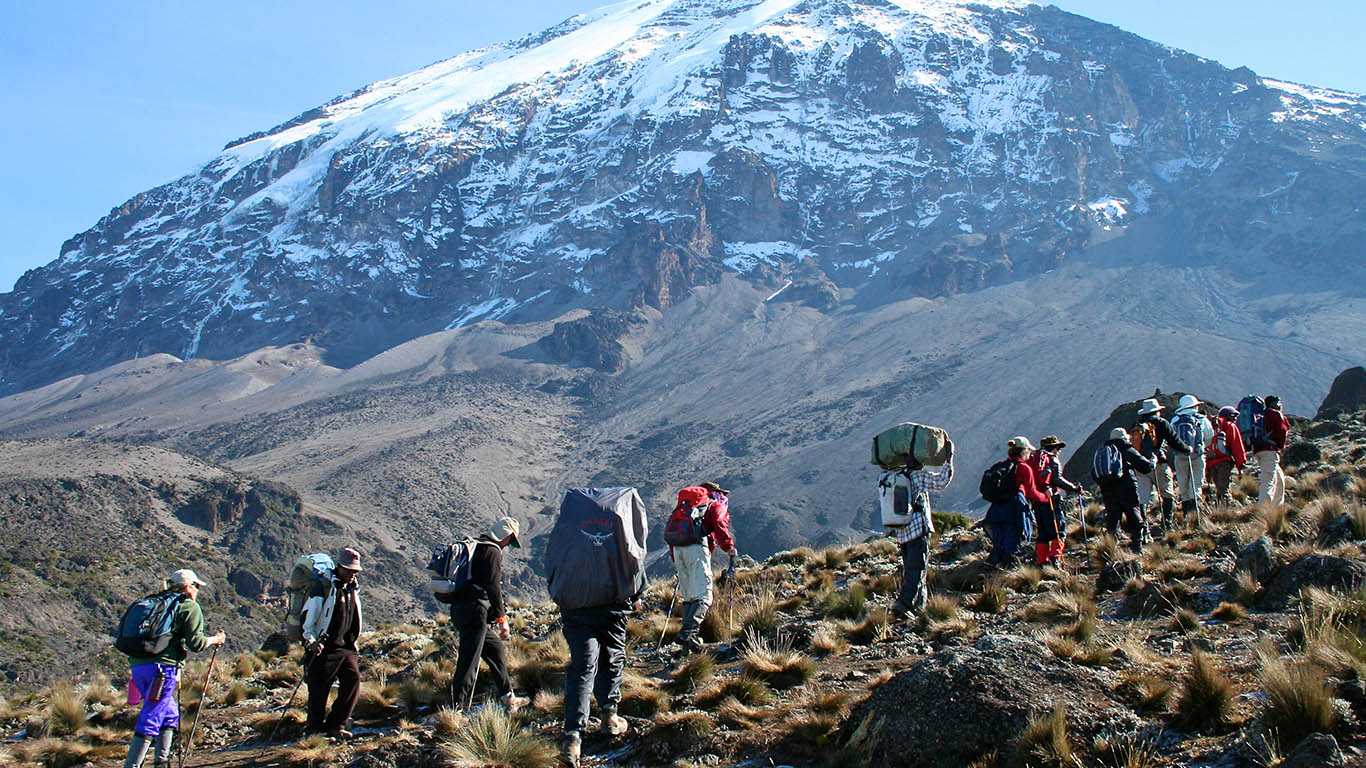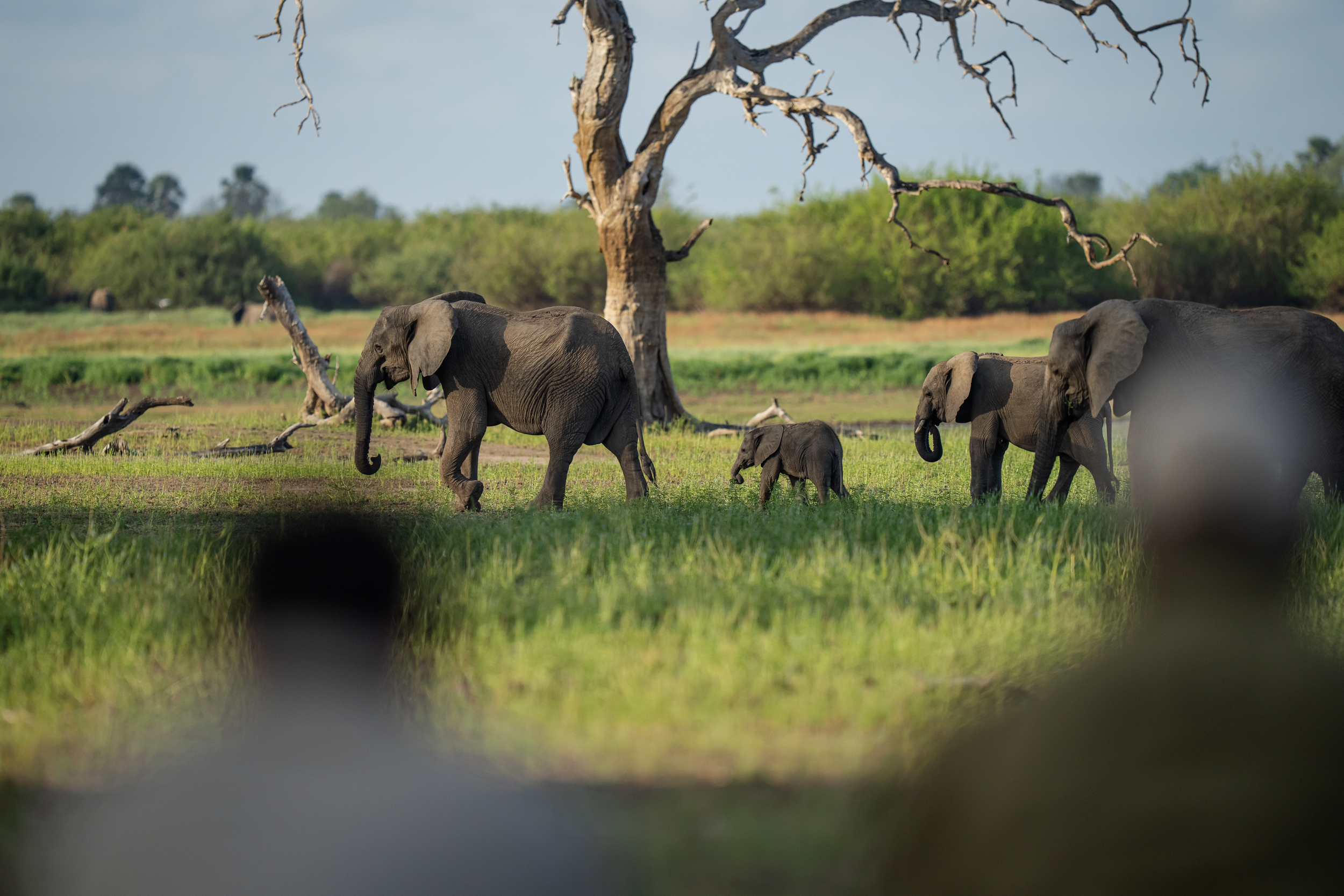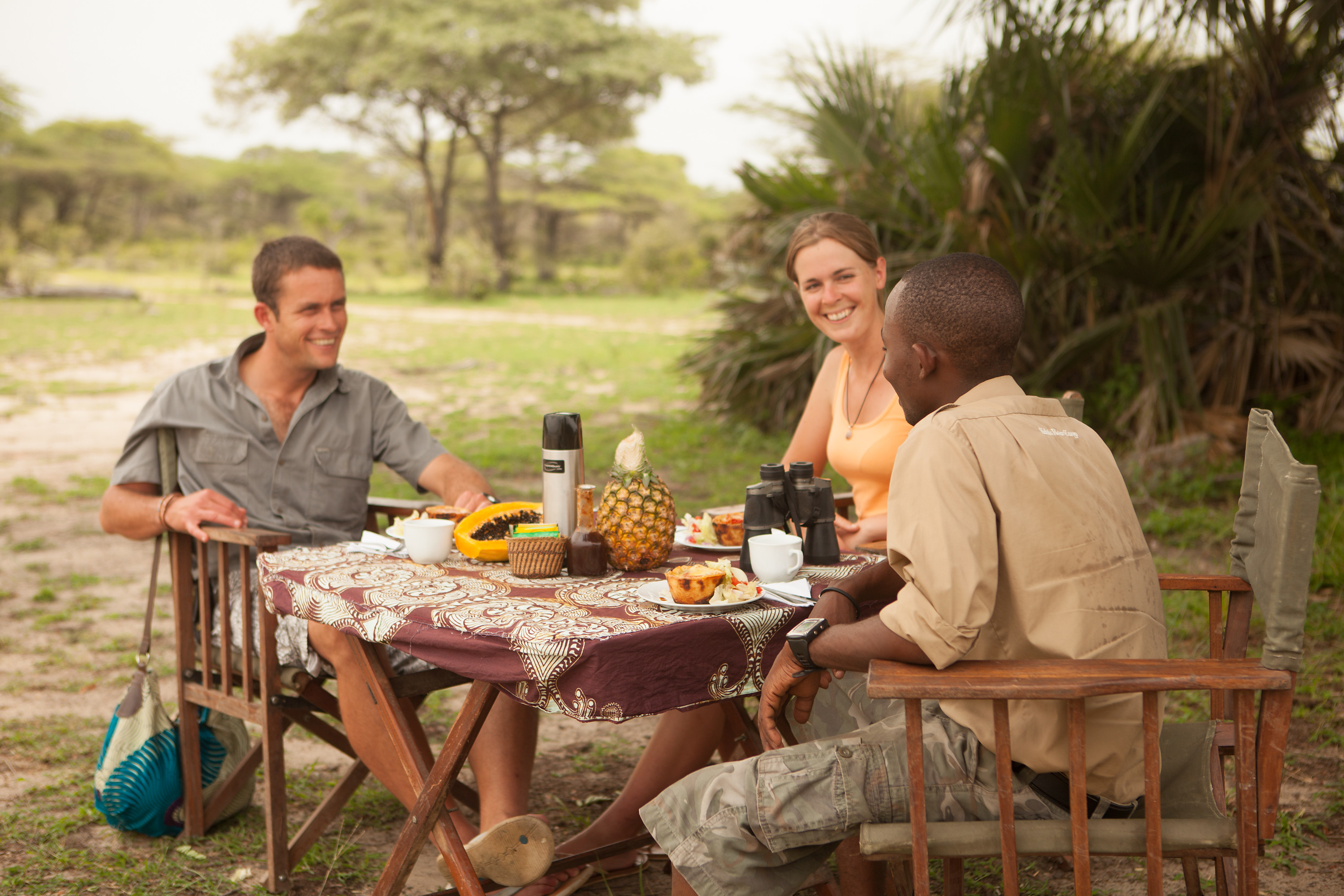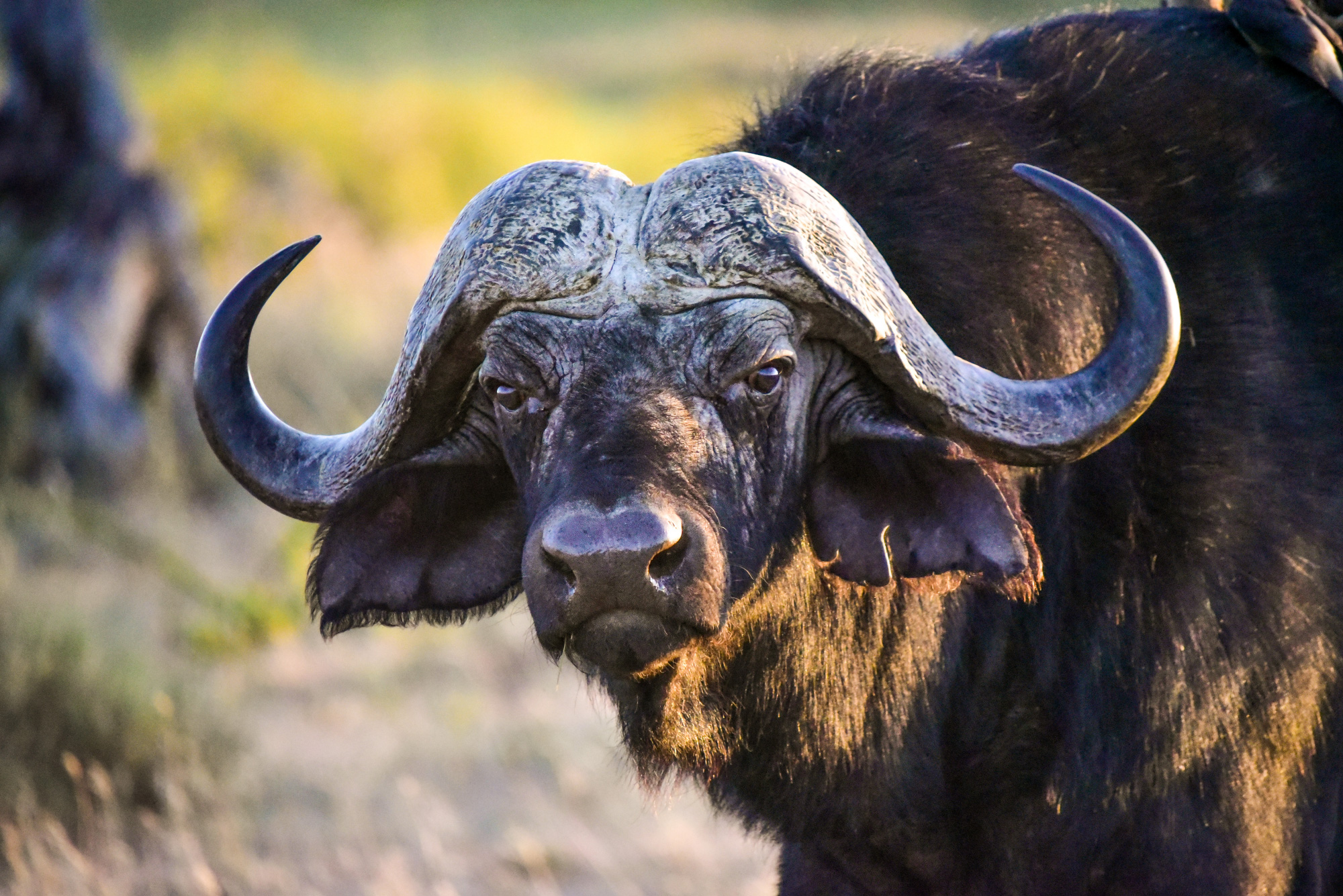Big 5 Safaris
You have surely heard about Africa’s wildlife icons: lions, elephants, buffaloes, leopards and rhinos. Their reputation as “man’s most dangerous opponents on a hunt” has earned them the title “Big Five”. Where can you see the Big Five in Tanzania? This blog will tell you!
Pretty much everyone in the safari world knows the Big Five, and as a traveller to Africa, you cannot miss them. Spotting an elephant, rhino, or lion is one thing, but seeing two, or even three is something else entirely. Those who are fortunate enough to see all five of them will return home even happier. So, what is the best place for a life-changing experience like this?
Tanzania’s protected areas
It is right for the Tanzanian government to take pride in the fact that over 33% of its land is designated as protected areas, including 22 official national parks. When you join a safari, you can rest assured that you will encounter great animals. And that does not only include the Big Five – but also zebras, giraffes, hippos, crocodiles, hyenas, wildebeests, Thomson gazelles and other animals that live in the wild.
33% of the country’s land area being protected areas translates to 312,600 km2. To put things into perspective: As a whole, Germany covers 357,000 km2, and the United Kingdom approximately 243,000 km2. It is important to note though that you cannot find the Big Five in all the protected areas. We will tell you where you have the chance to spot them!
Do you want to learn more about your Tanzania trip? We are happy to help.
Reach out! Where are the Big Five found in northern Tanzania?
The so-called “Northern Circuit'' is Tanzania’s most popular safari and trekking route. The region is synonymous with spectacular natural landscapes, ranging from grass savannas and rainforests to heaths and moorlands to high alpine glaciers. It is home to a wide variety of animals such as exotic birds, strange insects, unusual amphibians, frightening reptiles and outstanding land mammals. You will encounter them on mountains and lakes, in volcanic craters and the savannahs. The best areas to experience the Big Five are Serengeti and Ngorongoro Conservation Area.
Here you can see four of the Big Five in Tanzania:
During your journey, you will pass two excellent national parks that are only missing a rhino to complete the Big Five. One of them is Tarangire National Park whose savannah, dotted with baobab and acacia trees, provides a beautiful backdrop for the abundant wildlife. The life-giving Tarangire river flows continuously throughout the year, making it a crucial source of sustenance for the diverse flora and fauna even during droughts. This vital water source is highly popular amongst a variety of animals, including giraffes, zebras, gnus, and other antelopes. As such, it becomes a hunting ground for apex predators such as lions, hyenas, and leopards. Additionally, the marshy foothills of Tarangire National Park become a refuge for buffalo herds, which begin to feel at ease in this unique ecosystem. Undoubtedly, it is the favourite ground for herds of elephants. With lions, leopards, buffaloes and elephants, you can see four of the Big Five in Tarangire National Park.
Just a few kilometres further, you will make your way to Lake Manyara National Park. Manyara river gives the small park a great impact on wildlife. If the lake is full of water, it gets busy: big buffaloes, wildebeest and zebra herds, elephants galore, giraffes and hippos, as well as countless water birds, amongst which the flamingos stand out in particular. Leopards reside in the dense forests beyond the shore. But the park is specifically known for its tree climbing lions. High up, they rest on strong branches, enjoying the view on the grassy floodplain landscape.
In Lake Manyara National Park, if you are lucky, there is a chance of witnessing four of the Big Five. Within proximity, you’ll find two locations where the possibility of encountering all the Big Five is high.
Ngorongoro Conservation Area
As a UNESCO World Heritage Site, Ngorongoro Conservation Area is undoubtedly one of the best places in the world to view wildlife in an extinct crater. Its uniqueness is acknowledged by UNESCO as follows:
“The breathtaking scenery of the Ngorongoro Crater, combined with its spectacular concentration of wildlife, is one of the planet’s greatest natural wonders.”
The path into the volcano’s mouth leads over the crater rim. From up there, a breathtaking view opens up into a large arena. Below, high and short grasslands dominate the big area. They are perfect food for zebras, wildebeest, eland and other antelopes. Some lakes and wetlands decorate the scenery.
The waters of the Ngorongoro crater provide a comfortable habitat for hippos, and other animals like buffalos, rhinos, and elephants who often pay a visit to cool off or have a drink. In addition, a variety of vividly coloured birds such as flamingos and pelicans can be seen around while searching for food. Of course, predators like lions, leopards, cheetahs, hyenas, jackals, and wild dogs patiently await the opportunity to showcase their hunting skills.
This diverse range of animal species and their high population density make the Ngorongoro crater one of the top destinations in Tanzania to spot the famous Big Five.
Serengeti National Park is probably one of the most famous parks in the safari scene. It is one of the most premium places to go for a safari. Serengeti is mostly known for its animal migrations unaffected by humans. Every year, over a million wildebeest and hundreds of thousands of other antelope and zebras embark on a 1,000 km round trip. Their journeys lead them through treeless expanses and flat, spectacular grasslands past decorative rock islands (kopjes), along isolated forests and through rivers all the way into Kenya and back again.
Many animals struggled to survive during the Great Migration due to various challenges such as disease, treacherous waters, and the threat of predators like crocodiles, lions, leopards, hyenas, and wild dogs. The arrival of the Great Migration signals a feast for these predators, while other animals such as elephants, rhinos, buffaloes, giraffes, or ostriches, wisely keep their distance to avoid being targeted. This is the true essence of the wilderness. Among all the wildlife habitats, Serengeti National Park stands out with its vast array of animals.
In addition to Ngorongoro, Serengeti is another designated conservation area in Tanzania that offers the opportunity to observe not just lions, leopards, buffaloes, and elephants, but also rhinos.
Where are the Big Five found in southern Tanzania?
If you start your trip in Dar es Salaam and not Arusha – the safari capital of the North – you will visit the national parks in the South. Here, you have Nyerere National Park, where you can find all the Big Five. There are multiple protected areas close by, who can at least trump with the Big Four, like Ruaha National Park.
In Ruaha National Park, a fault line about 200 to 300 m high divides the park into a northern plateau with mountains up to 1,800 m high and a valley to the south. When streams shoot down to the plains, they create a fascinating landscape. This park offers magnificent baobab trees, dense green forests, a picturesque river, large areas of red soil and a majestic panorama. But it also includes incredibly exciting game viewing experiences.
While there are no rhinos, this predominantly rugged, semi-arid bushland is home to a range of other wildlife including large herds of lion and elephant, as well as wild dog, cheetah, leopard, spotted hyena, giraffe, buffalo, and a number of interesting antelope such as Topi, roan and sable antelope or reedbuck. Ostriches invigorate the scenery. Crocodiles and hippos have conquered the river.
Nyerere National Park is the biggest national park of Tanzania. Its area is 38 times bigger than New York, 74 times bigger than Vienna and 336 times bigger than Zurich. It is easy to feel lonely here. The government created this park in 2019 by separating it from “Selous Game Reserve“, which is a well-known UNESCO World Heritage Site. Consequently, the size of Selous was reduced from 50,000 km2 to approximately 20,000 km2. One of the major attractions of Selous is the Rufiji River, which flows through the park and supplies water to various lakes, crucial for the survival of the park’s diverse animal and plant species. The surroundings of Lake Tagalala highlight the natural beauty of the park.
In addition to traditional Jeep safaris, visitors have the opportunity to observe wildlife by boat or on foot. The reserve is home to the Big Five: black rhino, elephant, buffalo, lion, and leopard. It also boasts the largest population of wild dogs and hippos in Tanzania. Other notable species include crocodiles, giraffes, sable antelopes, and the unique Nyasa gnus, which can only be found in East Africa. Overall, Selous Game Reserve offers an exhilarating experience for nature enthusiasts.
Where can you see the Big Five in Tanzania? The future is promising
Looking ahead, two additional national parks, namely Burigi-Chato National Park in the North-West and Mikumi National Park in the Western region of Dar es Salaam, may soon join the list of remarkable safari destinations.
The Tanzanian National Park Authority’s plans to introduce rhinos here are already at a very advanced stage. When the time comes, we will be happy to report back. But no matter whether “Big 5” or “Big 4” or “Big 3”: African wildlife is simply too fascinating and too unique to be reduced to five cult figures. Enjoy your time, enjoy what you see. You will find your “Big Five” in every national park in Africa.
We are happy to answer any questions and assist you in planning your Tanzania trip. Tanzania Safari Bookings is the reliable partner on your side. So, get in touch with us!
Let us plan your dream Safari Tour
Enquire now and a Travel expert will get back to you within 24 hours.
 CHAT ON WHATSAPP
CHAT ON WHATSAPP
Trips To Inspire with Big 5 Safaris
You’re a step closer to your dream safari. Explore these tour ideas from our Tanzania travel experts and start planning your trip of a lifetime.

